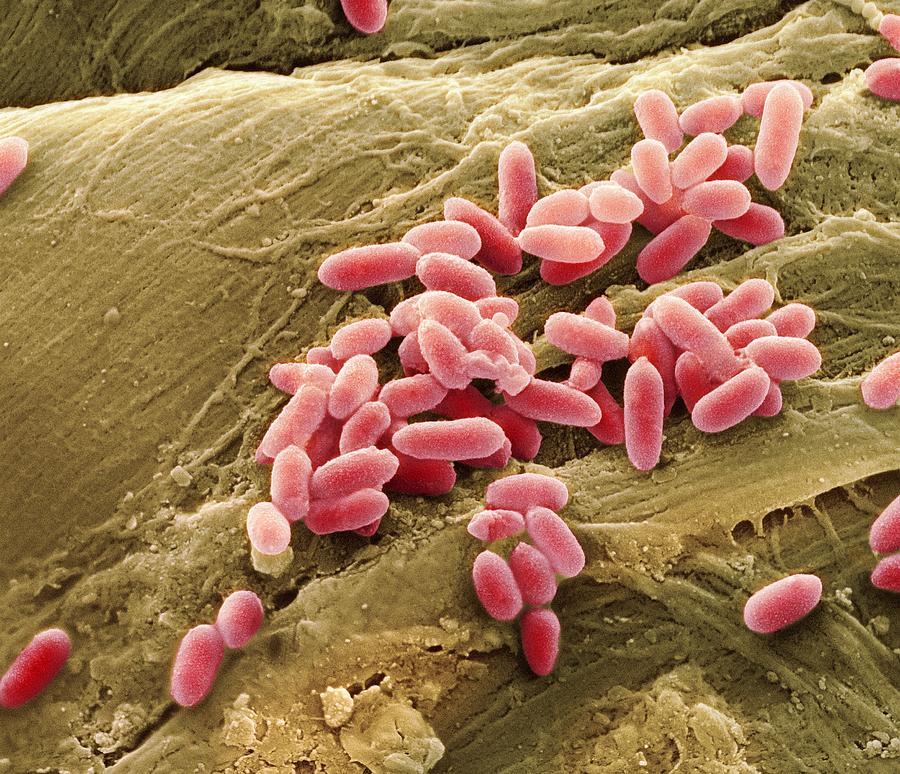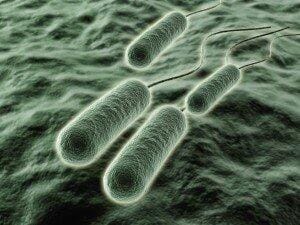Antibiotic Resistance Linked to Improved Fitness in Some Bacteria

 Acquisition of antibiotic resistance confers bacteria better growth and increased virulence. The controversial claim comes from researchers at Brigham and Women’s Hospital and Harvard Medical School, who found virulent mutant strains that grow better than the non-resistant bacteria even in the absence of antibiotic. The study has been published in Science Translational Medicine.
Acquisition of antibiotic resistance confers bacteria better growth and increased virulence. The controversial claim comes from researchers at Brigham and Women’s Hospital and Harvard Medical School, who found virulent mutant strains that grow better than the non-resistant bacteria even in the absence of antibiotic. The study has been published in Science Translational Medicine.
Until now, it was commonly accepted that antibiotic resistance came at the price of decreased virulence and poor growth. This would be very convenient to the public health, as stopping the use of antibiotics would quickly eliminate the antibiotic resistant, but weaker, strains. Now, the possibility of infection by resistant strains is more worrisome.
Mutations affect channels for antibiotic entrance into the cell
The researchers introduced a library of 300,000 Pseudomonas aeruginosa mutants into mice lungs and checked for the strains that grew. Two mutations were particularly successful, oprD and glpT. oprD had previously been identified in some P.aeruginosa infected patients. These genes code for channels used by two antibiotics to enter the cells. These mutant strains were more virulent that others tested, and glpT was able to kill macrophages.
The authors confirmed their findings in two additional pathogenic bacteria—Acinetobacter baumannii and Vibrio cholerae—in mouse and rabbit. However, they admit that they only tried loss-of-function mutations. It remains to be seen if gain-of-function mutations or resistance acquisition through plasmid have the same effect of bacterial fitness. Even if the warning is only for some strains or cases, the fight against resistance might be more complicated that expected.
Source: TheScientist
